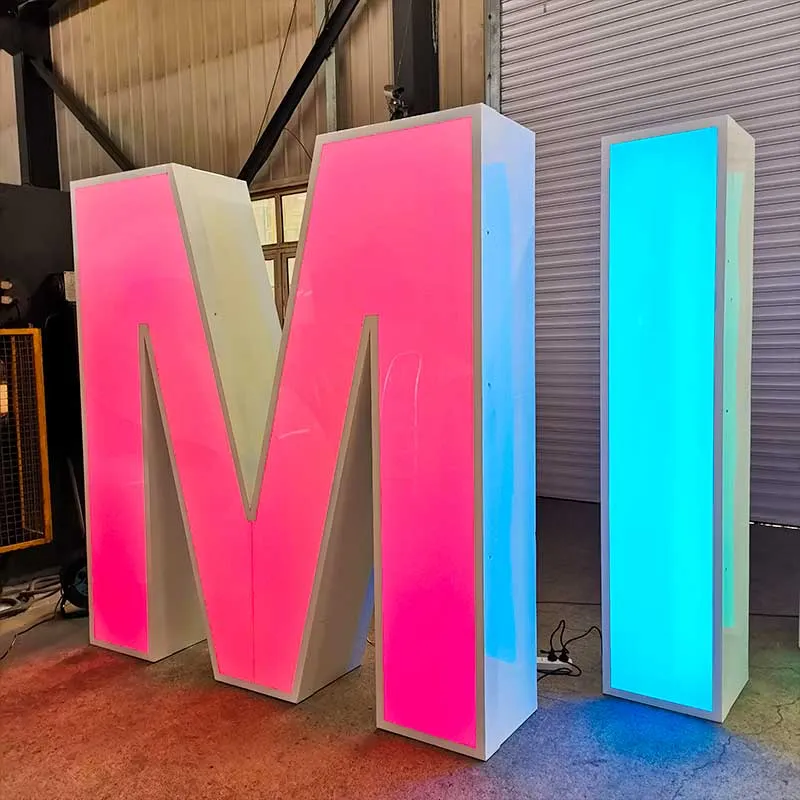+86-755-88868631
4.9 GOOGLE RATING
+86-755-88868631
4.9 GOOGLE RATING
llluminated signs are traffic signs made using modern LED technology. They have good reflective effects and visual effects, and can play a good prompting role at night and in adverse weather conditions. The following will introduce the process flow of illuminated signs.
1. Design and production
First of all, designers need to design the style and content of the sign based on factors such as customer requirements, traffic regulations, and usage environment, and determine parameters such as the size and color of the sign. After the design is completed, it needs to be converted into digital files for subsequent production.
2. Material preparation
The materials of illuminated signs include metal plates, transparent acrylic plates, LED light strips, power cords, controllers, etc. Among them, the metal plate and transparent acrylic plate are the main parts of the sign, and the LED light strip is the core component that realizes the lighting of the sign. The power cord and controller are used to connect and control the working status of the LED light strip.

3. Cutting processing
Metal plates and transparent acrylic plates need to be processed through a series of processes such as cutting, drilling, and grinding to meet design requirements and size requirements. CNC equipment such as CNC cutting machines and CNC drilling machines are usually used for automated production to improve production efficiency and accuracy.
4. Welding assembly
After the metal plate and transparent acrylic plate are processed, they need to be combined through welding, assembly and other processes. This step requires manual operation by experienced operators to ensure that the welding quality and assembly accuracy meet the requirements.
5. Install LED light strips
Installing LED light strips is the most critical step in the production of illuminated signs. Each location needs to be accurately measured, and then the LED light strips are installed according to the requirements of the design drawings. At the same time, it is necessary to ensure that the distance and brightness between each LED light strip are uniform to achieve the best overall lighting effect.
6. Waterproofing
Since illuminated signs need to withstand various harsh environments such as wind and rain, they need to be waterproofed during the production process. In this step, special materials such as sealant can be used to coat the sign to achieve waterproofing and moisture-proof purposes.
7. Quality inspection and packaging
After the production of illuminated signs is completed, they need to undergo strict quality inspections to ensure that their appearance and functionality comply with relevant standards and specifications. After passing the quality inspection, it will be packaged and used shock-proof packaging materials to ensure that it is not damaged during transportation.
In short, the production process of illuminated signs requires multiple links such as design and production, material preparation, cutting and processing, welding and assembly, LED light bar installation, waterproofing, quality inspection and packaging. Only by striving for excellence in every aspect can we ensure that the illuminated signs have good reflective and visual effects, and can better serve motorists at night and in adverse weather conditions.